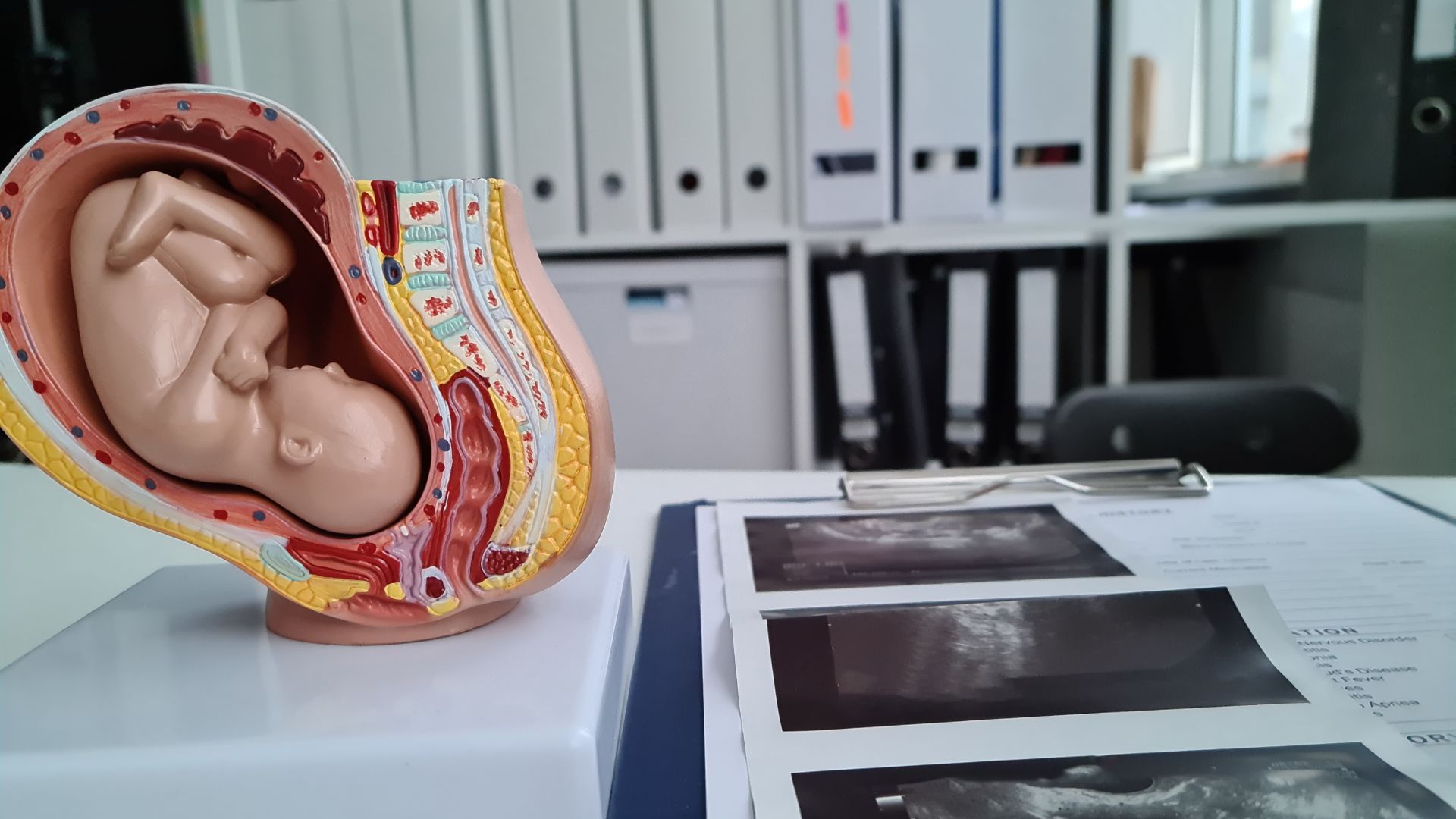
In vitro fertilization, or IVF, is a complex assisted reproductive technology that involves fertilizing an egg outside the body and implanting the resulting embryo into the uterus.
A critical factor in IVF success is selecting the embryo(s) with the highest potential for implantation and healthy development.
Traditionally, embryologists have assessed embryos at specific time points, providing limited snapshots of the dynamic process of embryo growth.
Time-lapse imaging is an exciting technological advancement that is revolutionizing embryo selection in IVF.
Key Takeaways
| Takeaway | Description |
|---|---|
| 1. Non-invasive monitoring | Time-lapse imaging allows continuous embryo observation without disruption |
| 2. Detailed developmental insights | Provides a comprehensive movie of key milestones like cell division timing and blastocyst formation |
| 3. Advanced selection criteria | Enables assessment of cleavage rates, division symmetry, multinucleation, and fragmentation |
| 4. Improved IVF success rates | Studies show increased implantation and clinical pregnancy rates with time-lapse imaging |
| 5. Optimized culture environment | Minimizes embryo handling and maintains stable incubation conditions |
Unpacking the Benefits of Time-Lapse Imaging
1. A Closer Look at Embryos, Made Possible
Imagine having a tiny camera peering into the petri dish, attentively observing your precious embryos as they grow, divide, and develop.
This non-invasive monitoring is precisely what time-lapse imaging achieves. By capturing images at frequent intervals, often every 5-20 minutes, it creates a continuous movie of the intricate process of embryo development.
This uninterrupted monitoring aligns perfectly with the Silent Embryo Hypothesis, which proposes that minimizing disturbances to the embryo culture can enhance developmental potential.
With time-lapse, embryologists gain valuable insights without ever needing to remove the embryo from its carefully crafted incubator environment.
It’s a quantum leap from the conventional method of assessing embryos at set time points, which provides mere snapshots rather than the full story.
2. Seeing the Unseeable: A Detailed Developmental Picture
Traditional IVF protocols assess embryo quality based on morphology, or appearance, at specific intervals.
While informative, this approach can miss crucial milestones that occur between observations. Enter time-lapse imaging, offering an unprecedented, continuous view of embryo growth.
With this technology, embryologists can witness the intricate dance of development in real-time. They can pinpoint the exact timing of key events like cell division, compaction, and blastocyst formation.
Imagine being able to see the moment when an embryo reaches the coveted expanded blastocyst stage, ready for transfer. Time-lapse makes it possible.
Question for Readers: How do you think having such a detailed view of embryo development could impact IVF success rates? Share your thoughts in the comments!
3. Beyond Morphology: Advanced Selection Criteria
Time-lapse imaging doesn’t just provide more data points; it enables the use of sophisticated selection criteria that go beyond traditional morphology assessment.
With the wealth of information captured, embryologists can evaluate embryo quality based on factors like:
- Cleavage rates and timing
- Symmetry of cell division
- Presence of multinucleated blastomeres
- Degree of fragmentation
These parameters offer valuable insights into an embryo’s developmental competence and potential for successful implantation.
By considering the kinetics of growth, time-lapse allows for a more nuanced and comprehensive evaluation of embryo quality.
For example, an embryo that exhibits even, timely cell divisions and minimal fragmentation would be considered a top contender for transfer.
On the flip side, one showing abnormal division patterns or excessive fragmentation might be prioritized.
Having access to these intricate details empowers embryologists to make more informed selection decisions.
To learn more about factors that can impact IVF success, check out this article on how to increase your chances of success with IVF.
The Promise of Time-Lapse: Improved IVF Outcomes
The potential of time-lapse imaging in IVF isn’t just theoretical; it’s backed by promising scientific evidence.
A meta-analysis of randomized controlled trials, published in the prestigious journal Fertility and Sterility, found a statistically significant increase in clinical pregnancy rates (a positive fetal heartbeat) in IVF cycles using time-lapse compared to conventional methods.
While individual results may vary, the data suggests that the detailed insights provided by time-lapse can translate into tangible improvements in IVF success rates.
By enabling the selection of embryos with the highest implantation potential, this technology is giving hope to countless individuals and couples on their fertility journey.
It’s important to note that time-lapse imaging is not a guarantee of pregnancy. There are myriad factors that influence IVF outcomes, from egg and sperm quality to uterine receptivity.
However, it is undoubtedly a valuable tool in the embryologist’s arsenal, one that can help stack the odds in favor of success.
Optimizing the Incubation Environment
Time-lapse imaging not only provides a wealth of information about embryo development but also helps maintain an optimal culture environment.
By minimizing the need to remove embryos from the incubator for assessment, time-lapse reduces the stress on these delicate cells.
Embryos are highly sensitive to fluctuations in temperature, pH, and gas concentrations. Even brief disruptions to the incubation environment can impact their developmental potential.
Time-lapse systems address this challenge by integrating advanced incubator features that ensure stability:
| Feature | Benefit |
|---|---|
| Continuous monitoring | Eliminates need for repeated embryo handling |
| Stable temperature | Maintains optimal conditions for embryo growth |
| Consistent pH and gas levels | Prevents stress from environmental fluctuations |
In essence, time-lapse technology allows embryologists to observe without disturbing, maintaining the ideal conditions for embryos to thrive.
This less-is-more approach aligns with the goal of providing the best possible environment for these precious cells to grow and develop.
Finding Time-Lapse IVF Clinics in India
While time-lapse imaging is gaining traction in India, it may not be available at every fertility clinic. To help you find a clinic that offers this advanced technology, here’s a step-by-step guide:
Step 1: Consult with Your Fertility Specialist
Your first stop should be a discussion with your current fertility specialist or OB/GYN.
They often have established relationships with IVF clinics and can guide you towards those offering time-lapse imaging.
Ask if they recommend this technology for your specific case and which clinics they would suggest.
Step 2: Harness the Power of Online Research
The internet can be a valuable tool in your search for time-lapse IVF clinics.
Use targeted keywords in your search engine, such as:
- “Time-lapse IVF in [your city/state]”
- “IVF clinics with Embryoscope in [your region]”
- “Best IVF clinics with time-lapse imaging in India”
Websites like Practo and other fertility clinic aggregators can also help narrow down your options. Use their filters to focus on IVF specialists and those mentioning advanced technologies.
Step 3: Navigate Clinic Websites
Once you have a list of potential clinics, dive into their websites. Most will have a dedicated section highlighting their services and technologies. Keep an eye out for mentions of:
- “Time-lapse imaging”
- “Embryoscope” or other specific time-lapse system brands
- “Advanced embryo monitoring”
If a clinic offers time-lapse, they will likely showcase it prominently on their site.
Remember, while availability is key, it’s not the only factor to consider. Evaluate the clinic’s overall reputation, success rates, and your personal comfort level before making a decision.
Don’t hesitate to ask about costs, as time-lapse may come with an additional price tag compared to traditional IVF.
Tip: If you’ve found a clinic that feels right for you but are unsure about their time-lapse offerings, reach out directly! A quick call or email can provide the clarity you need.
Beyond Availability: Factors to Discuss with Your Doctor
Finding a clinic that offers time-lapse imaging is a significant step, but it’s not the end of the decision-making process.
Before moving forward, have a thorough discussion with your doctor about whether this technology is right for you.
Consider exploring these key points:
- Candidacy: Not every patient is an ideal candidate for time-lapse IVF. Factors like age, previous IVF history, and specific fertility challenges will guide this decision.
Ask your doctor if they believe time-lapse would significantly benefit your case. - Potential Advantages: Inquire about how time-lapse imaging might improve your specific chances of success compared to traditional IVF methods.
Understanding the potential benefits in the context of your fertility journey can help you weigh the value of this approach. - Realistic Expectations: While time-lapse is a powerful tool, it’s not a guarantee of pregnancy. Have an open conversation with your doctor about what to realistically expect.
There are many facets to IVF success beyond embryo selection, and it’s essential to approach the process with a balanced perspective.
For more insights on what to expect during your IVF journey, explore our article on what to anticipate from the IVF process.
Engaging with the Community: If you’ve found this guide helpful, consider sharing your own experiences or insights in the comments below.
Your story may provide valuable guidance to others navigating the world of IVF and time-lapse imaging.
IVF Centers Across India
If you’re considering time-lapse IVF, here are some locations across India where you can find fertility clinics that may offer this advanced technology:
- IVF Centers in Bhopal
- IVF Centers in Visakhapatnam
- IVF Centers in Kalyan-Dombivali
- IVF Centers in Ghaziabad
- IVF Centers in Ludhiana
- IVF Centers in Agra
- IVF Centers in Hubli-Dharwad
- IVF Centers in Ambattur
- IVF Centers in Tirunelveli
- IVF Centers in Udaipur
Remember, this is just a sample of the many locations where you might find time-lapse IVF. Be sure to research clinics in your specific area and consult with your fertility specialist to find the best fit for your needs.
Conclusion
Time-lapse imaging is a groundbreaking technology that is transforming embryo selection in IVF. By providing continuous, non-invasive monitoring of embryo development, it offers unprecedented insights into the intricate process of early human growth.
The benefits of time-lapse are manifold, from detailed developmental assessments to improved incubation environments.
Perhaps most importantly, this technology has shown promise in improving IVF success rates, offering renewed hope to those on the path to parenthood.
While time-lapse imaging is becoming increasingly available in India, it’s crucial to approach the decision to use it with care and consideration.
Consulting with your fertility specialist, researching clinics thoroughly, and having open conversations about your individual case are all essential steps in the process.
Ultimately, time-lapse imaging is a tool – a remarkable one, but a tool nonetheless. Its power lies in the hands of skilled embryologists and fertility doctors who can harness its insights to make informed decisions.
As with any aspect of IVF, it is a means to an end, a stepping stone on the path towards the ultimate goal of building a family.
As you navigate your own fertility journey, remember that knowledge is empowerment. By understanding the potential of technologies like time-lapse imaging, you can make informed choices and advocate for your own reproductive health.
The path may not always be straightforward, but with perseverance, support, and the marvels of modern medicine, the dream of parenthood is within reach.
For more information on IVF and fertility, explore our comprehensive resources on coping with IVF failure, understanding IVF success rates, and the emotional impact of infertility.






